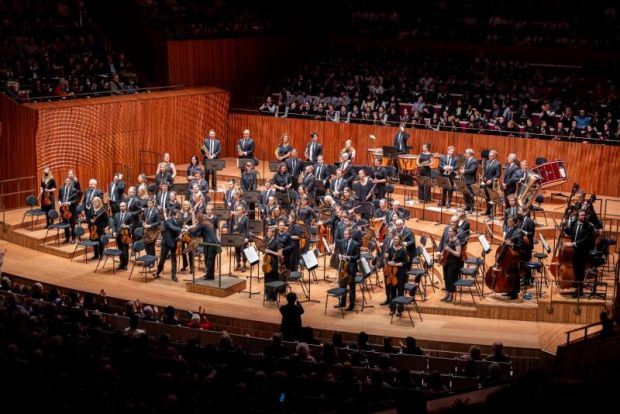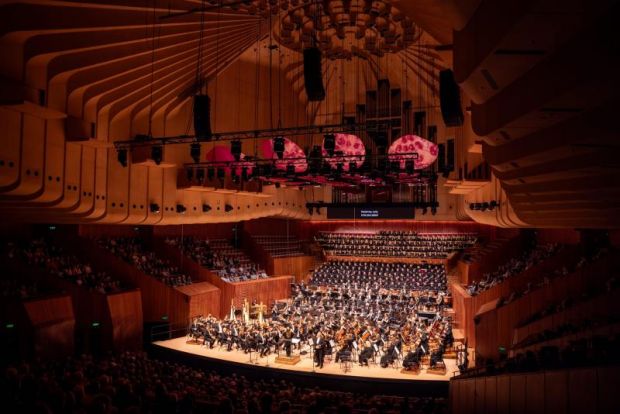Tchaikovsky’s Sixth Symphony
Image: Roderick Cox
Tchaikovsky’s last symphony is so emotive and its ending so funerial and tragic that myths soon began that it was his own suicide note or a requiem for himself or, as suggested later, for a male lover – the composer died of cholera just nine days after the St Petersburg premiere.
It didn’t help that Tchaikovsky subtitled his work as the Pathétique Symphony, which translates from Russian as passionate, in French for solemn, and then the English started calling it The Pathetic!
It is however magnificent, as played here by the SSO under the intricate baton and expressive movement of American conductor Roderick Cox. From the turbulent first movement, the symphony sweeps through so many moods and quick instrumental sections but powers on seamlessly. Instruments so beautifully answer each other’s phrases, moving ever deeper and darker, as the bass repeats the violins and others respond follow.
 Photographer: Craig Abercrombie
Photographer: Craig Abercrombie
Intrigue then builds with an oddly lopsided waltz, before Tchaikovsky marches through a rollicking then stormy third movement, climaxing with thunderous brass, restless strings and woodwinds. Few symphonies end like this one with such a slow aching fourth movement seeping away with ever lower strings and bassoons into tragedy, and silence.
This concert begins with Debussy’s short Prelude to the Afternoon of a Faun which Cox and the SSO beautifully details into a very delicate faun sleepy in a very languid afternoon. Far more challenging is the second work, Samuel Barber’s Concerto for cello and orchestra.
Barber built his concerto carefully, employing the considerable technical strengths of the Georgian-American cellist Raya Garbousova. Chinese-Australian cellist Li-Wei Qin enjoys no such collaboration in this concert; his electric virtuosity is tested from the start as the orchestra swells quickly into powerful rhythms.
 Photographer: Daniel Boud
Photographer: Daniel Boud
Barber at least restrains them from overpowering his cellist, and Li-Wei quickly fills his space masterfully. In the second movement the cello and select instruments unify in a lilting and melodic historic dance form; and explode into a jubilant finale.
This is the Australian premiere of Barber’s 1944 concerto. As Principal Cellist Catherine Hewgill said, when introducing the concert, the work is homework are not well-known – including by her until now – because it demands a “gymnastic cellist”. Li-Wei Qin is certainly that.
Martin Portus
Images come from previous concerts.
Subscribe to our E-Newsletter, buy our latest print edition or find a Performing Arts book at Book Nook.

